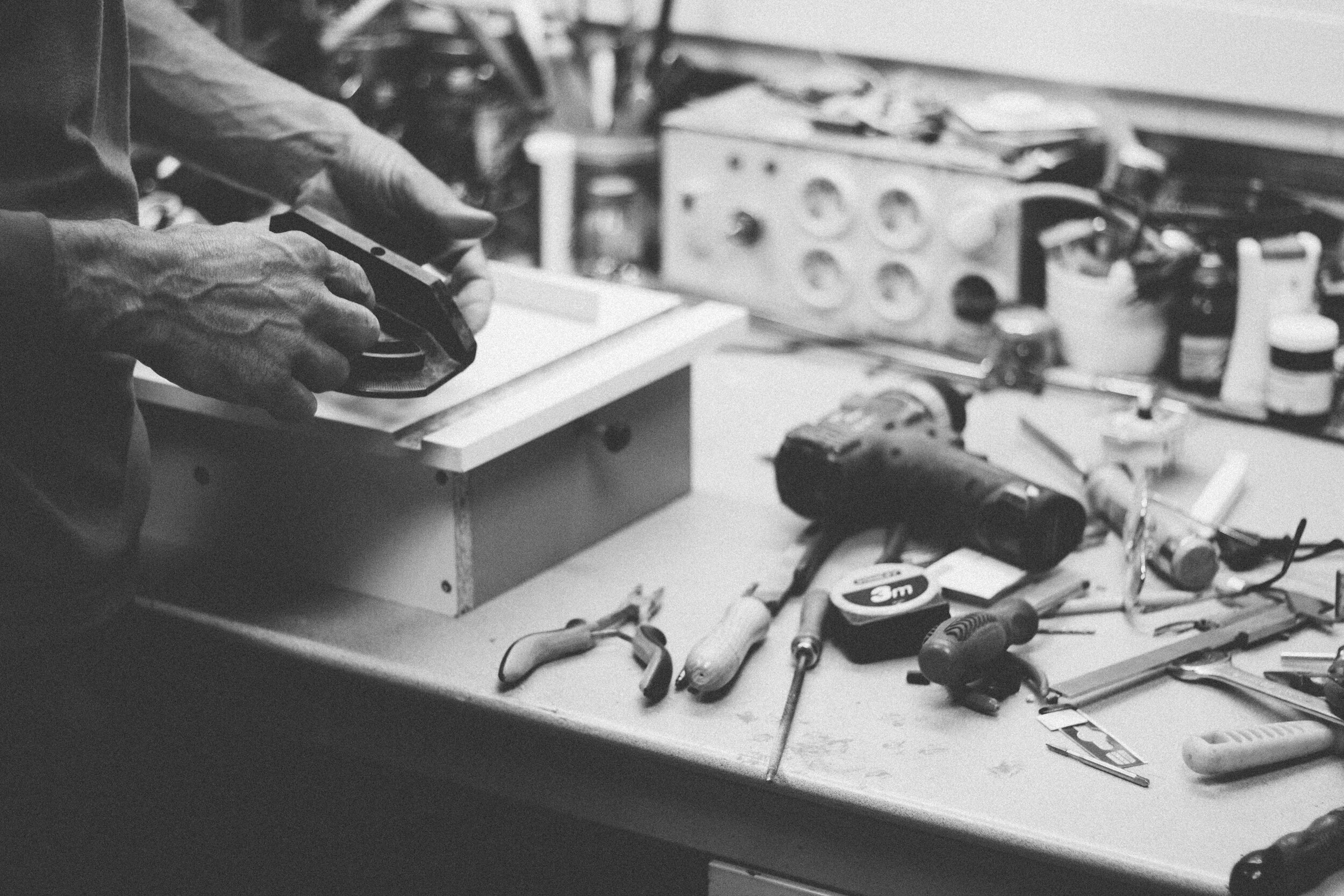Tooling
With a massive amount of applications within the tools and tooling industry, we have found our process to work well in providing a proven method of providing stress relieved parts before, during, and after machining. It can reduce wear on tools and dies that are used during your production process, make the process more efficient, and produce savings in the life expectancy of your equipment.
One customer lost two $750,000 multi-cavity plastic injection molds every 9 to 10 months from cracks radiating from the cooling lines. They were shown the need to stress relieve every 3 to 4 months, eliminating the tremendous compressive stress buildup inherent to their application. A cryogenically processed mold lasted 3 years and was still in service when a design change replaced it. The new mold was also processed and proved a perfect opportunity for cryogenic stress relief.





Stress Relief Treatment
Cryogenic treatment is a proven way to stress relieve parts before, during, and after machining. It is a thorough stress relief process, provided the warm-up ramp is very slow and deliberate. If pushed or accomplished too quickly, it will reintroduce residual stress back into the parts. In other words, it will have a tendency to create stress just like cooling too quickly from a heat stress relief process.
The process works well for standard machined parts, castings, forgings, or composite materials. It is non-destructive to the carbon content of steel and leaves the surface free of oxides, with no discoloration, as does heat stress relief. It essentially deadens the stress in machined or welded components and makes a world of difference in aluminum parts requiring intricate machining steps.
You can expect stable, stress relieved materials from our process! It will also save money in the stamping, extrusion, wire draw die, and injection molding industries. Dies and molds should be cryogenically processed after heat treating, but before finish grinding or assembly to avoid violation of tolerances. Since cryogenic processing completes the conversion of austenite to 99.9%+ martensite that was begun by the heat treating process, dimensional changes occur not only from stress relief, but also from gain growth. Once in production, a periodic reprocessing will relieve long term build-up of comprehensive or heat induced stresses. This makes tools, dies, and molds last much longer than normal.
Aluminum and other non-ferrous metals stress relieved by cryogenics also gain better machineability after processing. This greatly aids in any tight tolerance work. Metals and plastics get stronger and tougher from the densification of the molecular structure, but the best part is that they are as close to being stress dead as it is possible to be.
If you want less stress in your life, we have the answer for you!
TOOLING APPLICATIONS:GUILLOTINE BLADES - BLANKING DIES - HOBS - BRAKE DIES - PIERCING TOOLS - CASTINGS - PLANER BLADES - CHAINSAW BLADES - PUNCHES - CHIPPER KNIVES - REAMERS - CUT OFF KNIVES - ROLL FORM TOOLS - CUTTING DIES - GRANULATOR BLADES - ROUTER BITS - DRILLS - STAMPING TOOLS - SAW BLADES - FORGINGS - DIE CASTINGS - STEEL RULE DIES - SLITTER KNIVES - FORM TOOLS - DIE SPRINGS - TAPS - SLOTTING CUTTERS - GEAR CUTTERS - DIES - THREAD CHASERS - STAMPING DIES - BROACHES - END MILLS - BAND SAWS - BLADES - COLLETS